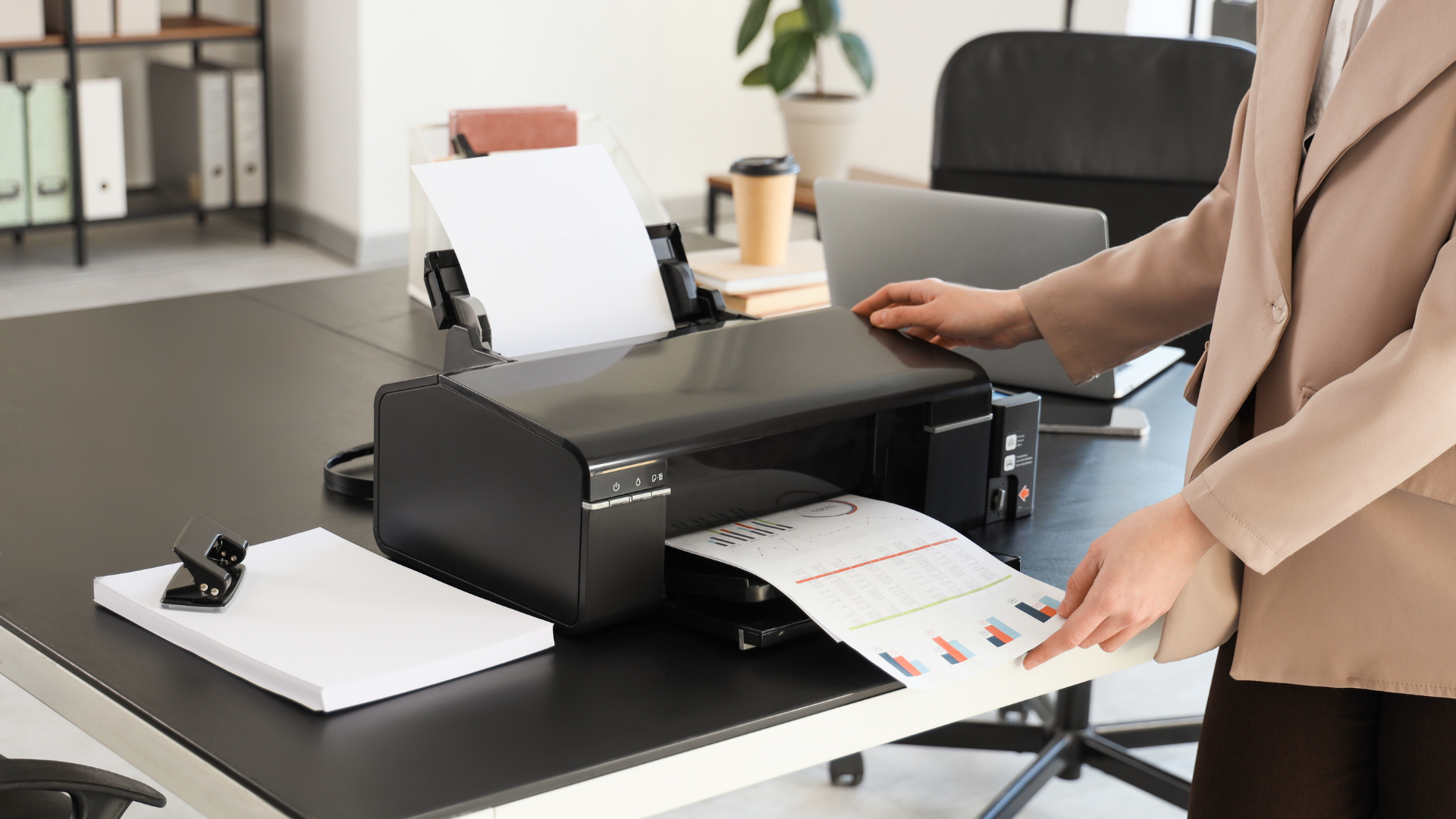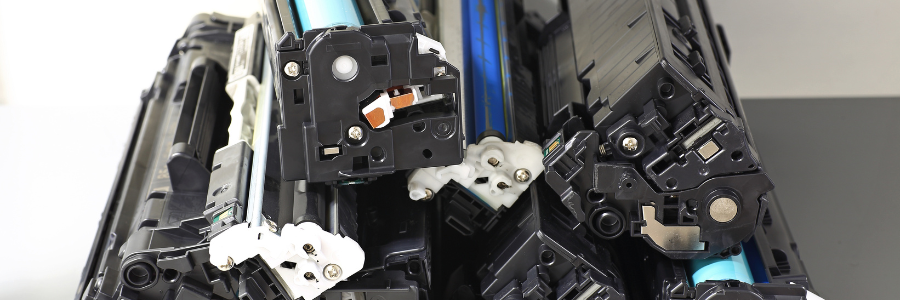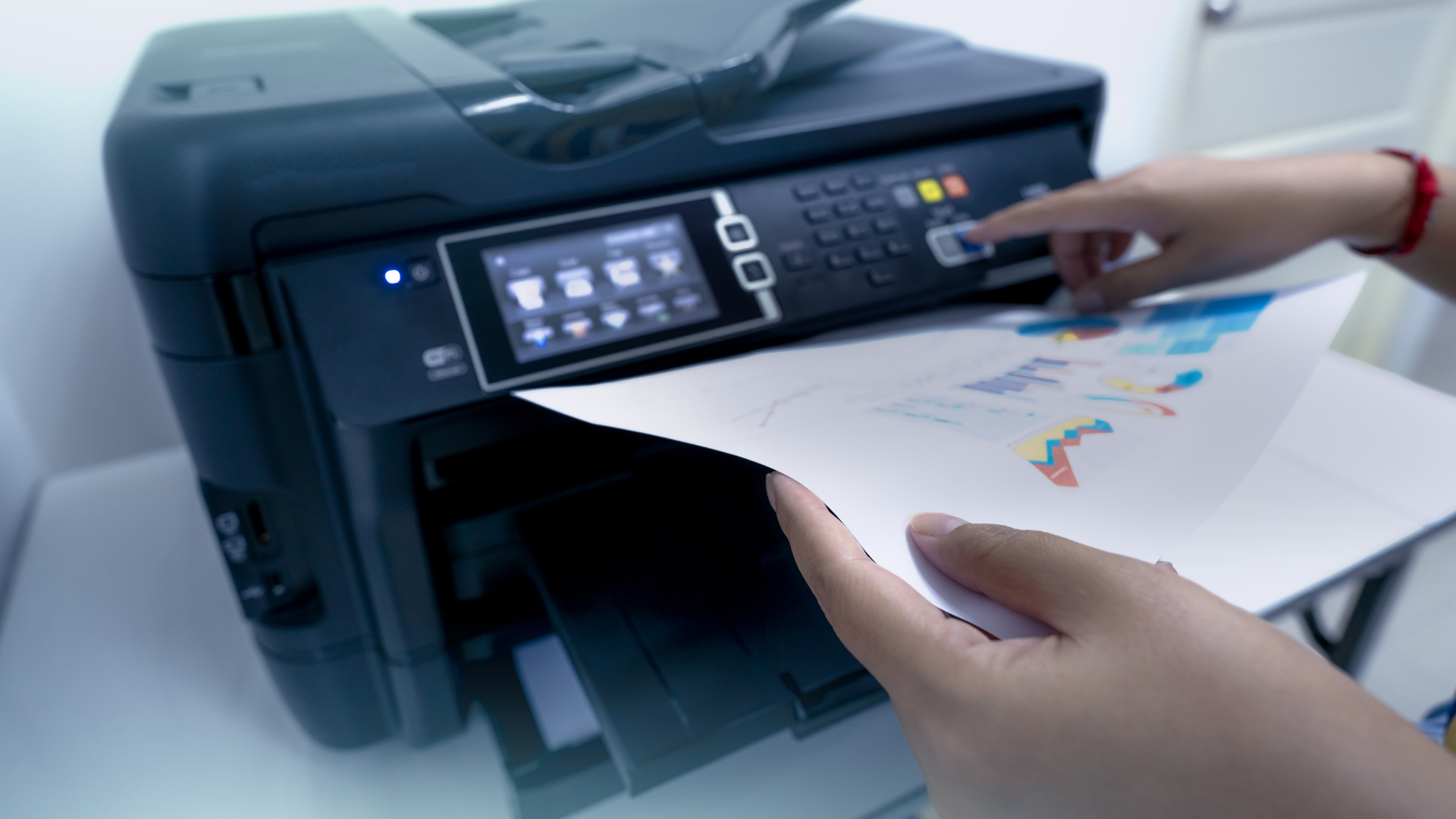Empty Ink or Toner Cartridge
If your printer is printing blank pages, one of the common causes could be an empty ink or toner cartridge. Make sure to check the ink or toner levels in your printer. If the cartridge is empty, replace it with a new one. It's important to regularly replace the ink or toner cartridges to ensure optimal printing quality.
Clogged Print Head
A clogged print head is a common issue that can cause blank pages when printing. This occurs when the ink nozzles on the print head become blocked with dried-up ink. Clogged printheads can result from lack of use or improper maintenance. When the print head is clogged, it can lead to patchy or erroneous printing. Fortunately, there are several steps you can take to clean a clogged print head and restore proper printing functionality.
Incorrect Print Settings
One common cause of blank pages is incorrect print settings. When the print settings are not configured properly, it can result in blank pages being printed. Make sure to double-check the print settings before initiating a print job. Ensure that the correct paper size, orientation, and print quality are selected. Additionally, verify that the printer is set as the default printer on your computer. By ensuring the print settings are accurate, you can avoid the frustration of printing blank pages.
Software or Driver Issues
Software or driver issues can also cause your printer to print blank pages. If you are experiencing this problem, there are a few troubleshooting steps you can take:
- Update the printer software or drivers: Outdated or incompatible software or drivers can lead to printing issues. Check the manufacturer's website for the latest updates and install them if necessary.
- Restart the printer and computer: Sometimes, a simple restart can resolve software or driver conflicts.
- Check for error messages: Error messages on your computer or printer display can provide valuable information about the software or driver issue. Take note of any error codes or messages and search online for possible solutions.
- Reinstall the printer software: If updating the software or drivers doesn't solve the problem, try uninstalling and reinstalling the printer software. This can help fix any corrupted files or settings.
If these steps don't resolve the issue, it may be necessary to contact technical support for further assistance.
Troubleshooting Steps
Check Ink or Toner Levels
To ensure that your printer is not printing blank pages due to low ink or toner levels, it is important to check the ink or toner levels regularly. Most printers have a built-in feature that allows you to check the ink or toner levels directly from the printer's control panel or through the printer software on your computer.
If the ink or toner levels are low, you will need to replace the empty cartridge with a new one. Refer to your printer's user manual or manufacturer's website for instructions on how to replace the ink or toner cartridge.
Tip: It is recommended to keep a spare ink or toner cartridge on hand so that you can replace it immediately when the ink or toner levels are low.
Clean the Print Head
Cleaning the print head is an important maintenance task that can help resolve printing issues. To clean the print head, follow these steps:
- Open the printer software or control panel.
- Locate the option for print head cleaning.
- Select the print head cleaning option.
- Follow the on-screen instructions to complete the cleaning process.
Regularly cleaning the print head can improve print quality and prevent clogs or streaks on the printed pages.
Verify Print Settings
After checking the ink or toner levels and cleaning the print head, the next step is to verify the print settings. Make sure that the correct paper size, orientation, and print quality settings are selected. Additionally, ensure that the printer is set as the default printer on your computer. Double-checking these settings can help resolve issues with blank pages.
Update Software or Drivers
Updating the software or drivers of your printer can often resolve issues with blank pages. It is important to keep your printer's software and drivers up to date to ensure compatibility with your operating system and to take advantage of any bug fixes or performance improvements.
To update the software or drivers, follow these steps:
- Visit the manufacturer's website and navigate to the support or downloads section.
- Locate the software or drivers for your specific printer model.
- Download the latest version of the software or drivers.
- Run the installer and follow the on-screen instructions to complete the update.
It is recommended to restart your computer and printer after the update to ensure the changes take effect.
Remember to always download software or drivers from the official manufacturer's website to avoid potential security risks or compatibility issues.
Printer Maintenance Tips
Regularly Replace Ink or Toner Cartridges
Regularly replacing ink or toner cartridges is essential for maintaining optimal print quality and preventing blank pages. Over time, ink or toner cartridges can become depleted or dried out, resulting in poor print performance. By regularly replacing these cartridges, you ensure that your printer has a fresh supply of ink or toner, which helps to produce crisp and clear prints. Additionally, replacing cartridges can help prevent clogs in the print head, which can also lead to blank pages.
Perform Print Head Cleaning
To clean the print head, follow these steps:
- Start by turning off the printer and unplugging it from the power source.
- Open the printer cover and locate the print head.
- Gently remove the print head from the printer.
- Use a soft, lint-free cloth dampened with water or a mild cleaning solution to carefully clean the print head. Avoid using excessive force or harsh chemicals.
- Once the print head is clean, allow it to dry completely.
- Reinstall the print head back into the printer and close the printer cover.
- Plug the printer back into the power source and turn it on.
Performing regular print head cleaning can help improve print quality and prevent clogging issues.
Calibrate Print Settings
Calibrating print settings is an important step to ensure the best print quality. It allows you to adjust various parameters that affect the final output. Here are some tips to help you calibrate your print settings effectively:
- Start by checking the printer's user manual or manufacturer's website for specific instructions on calibrating print settings.
- Use a calibration print file or test pattern to evaluate the accuracy of your printer's settings.
- Make small adjustments to parameters such as temperature, speed, and layer height to achieve the desired results.
- Keep track of the changes you make and the corresponding print outcomes to identify the optimal settings for different types of prints.
Remember, calibrating print settings may require some trial and error, but it is worth the effort to achieve the best print quality.
Keep Software and Drivers Up to Date
Keeping your software and drivers up to date is crucial for ensuring optimal printer performance. Regularly updating your printer's software and drivers can help resolve compatibility issues, improve printing speed and quality, and enhance overall functionality. It is recommended to check for updates on the manufacturer's website or through the printer's software. By staying up to date with the latest software and drivers, you can avoid potential issues and ensure a smooth printing experience.
Contacting Technical Support
Gather Printer Information
When contacting technical support, it is important to gather all relevant printer information. This includes the printer model, serial number, and any error codes or messages displayed on the printer. Providing this information will help the support team diagnose and troubleshoot the issue more effectively.
If you are unsure where to find this information, refer to the printer's user manual or the manufacturer's website for guidance. It is also helpful to take note of any recent changes or events that may have occurred before the blank pages issue started, as this information can provide additional context for the support team.
Remember, the more detailed and accurate information you can provide, the better equipped technical support will be to assist you in resolving the problem.
Contact Manufacturer Support
If you have tried the troubleshooting steps mentioned above and are still experiencing issues with your printer, it is recommended to contact the manufacturer support for further assistance. They have the expertise to help you resolve any technical problems you may be facing. To contact the manufacturer support, gather all the necessary information about your printer, such as the model number, serial number, and any error codes or messages you have encountered. This will help the support team understand your issue better and provide you with the most accurate solution. Once you have the information ready, visit the manufacturer's website or search the web for their contact details. Reach out to them via phone, email, or live chat and provide a detailed description of the problem you are facing. Follow any additional troubleshooting steps they may suggest to resolve the issue.
Provide Detailed Description of the Issue
When contacting technical support, it is important to provide a detailed description of the issue you are experiencing with your printer. This will help the support team understand the problem better and provide appropriate solutions. Be sure to include relevant information such as the model and make of your printer, the type of operating system you are using, and any error messages or codes that are displayed. Additionally, provide a step-by-step account of what you were doing when the issue occurred and any troubleshooting steps you have already taken. The more information you can provide, the easier it will be for the technical support team to assist you.
Follow Troubleshooting Steps
After gathering all the necessary information and contacting technical support, it's time to follow the troubleshooting steps. These steps will help you identify and resolve the issue with your printer. Here are the recommended steps:
- Check Ink or Toner Levels: Ensure that the ink or toner levels are sufficient. Low levels can often result in blank pages.
- Clean the Print Head: Use the printer's cleaning function to clean the print head. This can help remove any clogs or debris that may be causing the issue.
- Verify Print Settings: Double-check the print settings to ensure they are correct. Incorrect settings can lead to blank pages.
- Update Software or Drivers: Make sure you have the latest software and drivers installed for your printer. Outdated software or drivers can cause printing problems.
Following these troubleshooting steps should help you resolve the issue with your printer and get it printing properly again.






